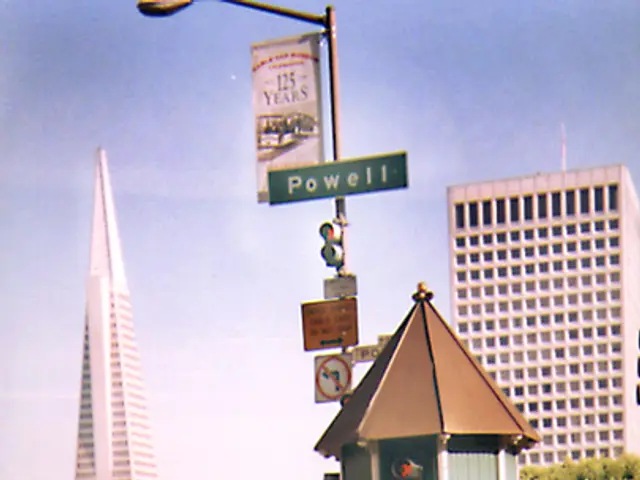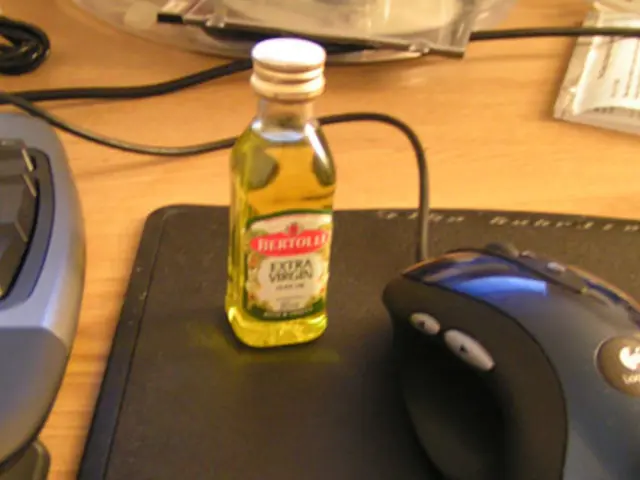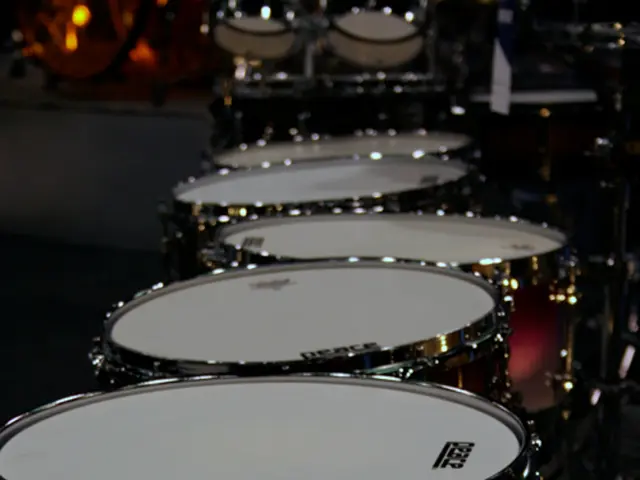Mistakes to Steer Clear Of for Finding Most Comfortable and Safe Infant Bottles
Finding the Perfect Baby Bottles: Steer Clear of Common Pitfalls
Looking for the perfect baby bottles can be a daunting task for new parents. To ensure your baby's comfort and safety during feeding times, it's crucial to make the right choice. However, there are several common mistakes that parents often make. Here's what you should watch out for:
1. Overlooking Material Safety Standards
Neglecting to scrutinize the safety of bottle materials is a critical error. While many bottles claim to be safe, it's important to confirm they're free of harmful substances such as BPA, phthalates, and PVC. By checking for established safety standards and investigating the materials used, you can make informed decisions that prioritize your baby's health.
2. Choosing the Wrong Nipple Flow Rate
Selecting a nipple flow rate that's inappropriate for your infant's age and eating capacity can lead to feeding challenges. A nipple that's too slow can irritate your baby, while one that's too fast may cause choking, gagging, or overeating. Pay close attention to your baby's feeding signs and adjust the flow rate accordingly.
3. Ignoring Anti-Colic Features
Disregarding anti-colic features can cause your baby unnecessary discomfort. Some parents may view these features as gimmicks, but proper venting systems can significantly reduce air intake during feeding, minimizing fussiness, gas, and colic. Select bottles with effective and easy-to-clean venting mechanisms.
4. Buying Too Many of One Type Initially
Buying multiple bottles of the same type before testing them can be costly if they don't suit your baby. Infants are unique, and what works for one may not work for another. To gauge your baby's preference, start with a small quantity and adjust as needed.
5. Neglecting Cleaning and Maintenance Requirements
Underestimating the importance of easy cleaning and maintenance can lead to poor hygiene and increased cleaning costs. Opt for bottles with simple designs that are easy to clean and sterilize to prevent bacterial growth and extend the product's lifespan.
By avoiding these common mistakes, you can provide a comfortable and safe feeding experience for your baby, streamlining your daily routine in the process. While it may take some trial and error to find the perfect bottles, keeping these factors in mind can help you make an informed decision more efficiently.
Parents should pay attention to the health-and-wellness aspect of baby bottles by ensuring the bottles are free of harmful substances like BPA, phthalates, and PVC, as maintaining a safe feeding environment is vital for their child's health. Additionally, in the realm of science, understanding the appropriate nipple flow rate based on your infant's age and eating capacity is essential to avoid feeding challenges such as choking, gagging, or overeating, thus contributing to effective parenting practices.







